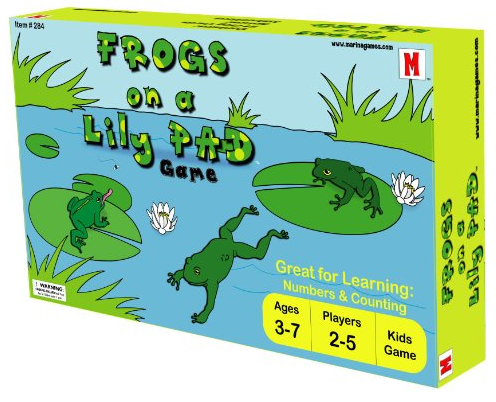 |
| Dozen Dice Games |
12 different dice games for two or more players. If you like using dice games to work on hand skills, check out Dozen Dice Games. This one will keep you busy for a while.
Dozen Dice Games comes with the dice you see in the picture above. The blue dice are numbered 0-9, the red dice 1-6 (pips) and the green dice 1-8. Included is a plastic dice cup that is about 3" tall.
Here are the 12 games:
- 21! - Roll to 21 without going over, takes one die per person.
- High Die, High Die, High Die, Ho! - Roll the highest number, 5 rolls per person, 5 dice per person.
- Chase the Ace! - Be the last person with remaining peanut(s), 2 dice per person.
- Straight up to 100 - Be the first to score 100 by rolling straights, 6 dice per person.
- Ship/Captain/Crew - Get the highest score after rolling a ship, a captain and a crew, 5 dice per person.
- Liar's Dice a.k.a. "That's a Crock" - Bluff your way through a round to win, 2 dice per person.
- Hacker's Golf - Score the least amount of strokes by rolling doubles in the least amount of tolls, 3 dice per person.
- Rock Around the Clock - Move your rock around the clock from 1 to 12, 2 dice per person.
- Sinister Six - Score the highest total of the dice that remain after eliminating those which add up to six, 6 dice per person.
- Dead Die 96 - Roll the highest total, avoiding a 9 and 6, 5 dice per person.
- Bean Your Neighbor - Be the first to get rid of your beans, 3 dice per person.
- Yacht Race - Be the fastest to roll 5 of a kind, 5 dice per person.
- Skip the dice cup and use your hand(s).
- Place a small ball in the player's palm if they are having trouble cupping the hand to hold the dice. Ask them to cup the hand around the ball and then remove the ball while they keep their fingers cupped. Drop the dice into the palm.
- Before the first roll of a game, pick up the dice you will need, one at a time, and squirrel them into the palm to hold.
- Put the dice away by the handful. Cup the hand and drop one die at a time into the hand counting as you go. Can you hold all 17?
- Put the dice away by picking up one at a time of the same color and squirreling them into the hand. Can you hold all of one color? Drop them into the tin by handfuls.
- Eliminate speed, take turns.
If you are interested in purchasing this item or just want more information, click on the image below.




